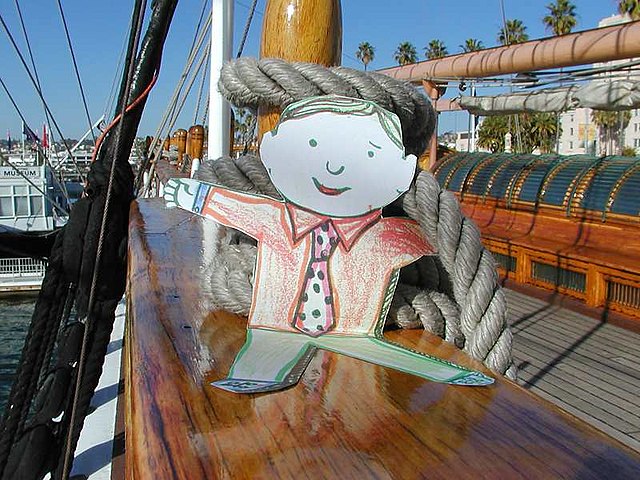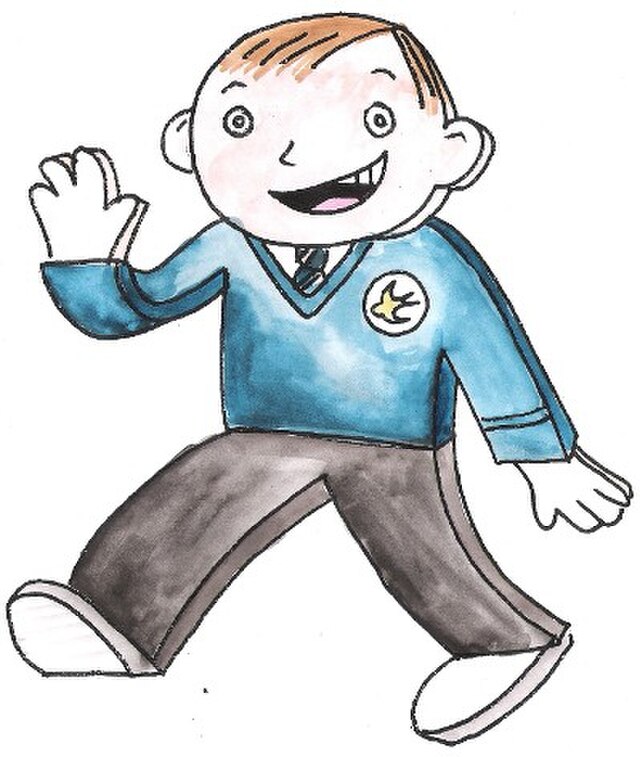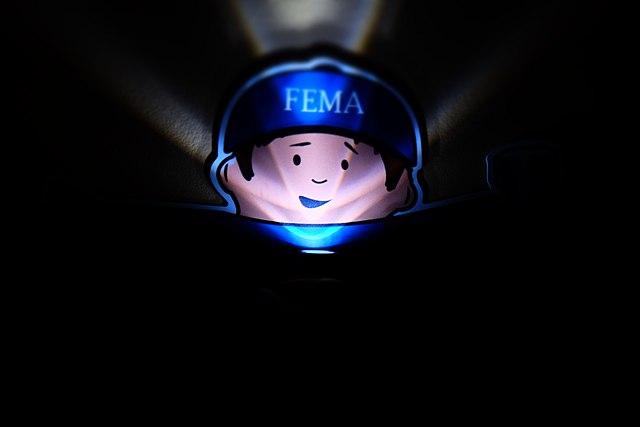Interesting & Fun Flat Stanley Project Facts for Kids (2024 Updated)
The Flat Stanley Project is almost 30 years old, and is one of the most widely known educational projects undertaken by a teacher in the whole world! This project was first started in 1995 by Dale Hubert who wanted to encourage elementary school students to improve their reading and writing skills. In this article, we’re going to take a closer look at what the project entailed, how it came to be, and whether it still exists today.

Let’s dive right in.
Facts About the Flat Stanley Project
1. The Flat Stanley project was started by an elementary school teacher.
Dale Hubert started this project after coming across the Flat Stanley Books, written by Jeff Brown. He wanted to provide his students with a different kind of learning experience that provided them with the ability to think creatively for themselves and tell stories.
2. Dale Hubert did not create the character ‘Flat Stanley.’
Even though Hubert came up with the idea for this project, he was not the original creator of the character called Flat Stanley. Flat Stanley was created by the author Jeff Brown, who developed the story as something simple to tell his sons at bedtime. As time went on, he eventually developed the story into a series of books! In 2003, the books has sold over a million copies.
Check out our article on Mentos and Coke Experiment Facts for kids.
3. Flat Stanley is an interesting story.

The story about Flat Stanley features a man named Stanley who gets crushed by a bulletin board, and must figure out a way to get used to being flat. The story follows his daily activities while being a flat person, and how he makes the best of his situation.
4. Hubert created the project to encourage children to learn how to communicate.
In the original book, Flat Stanley’s parents roll his flat body and mail him to a friend in California. While Hubert came across this storyline, he came up with the idea of creating a black and white drawing of Flat Stanley. The idea was that children would color the drawing and give their version of Stanley a backstory, including information about his life and routines, then email their drawings to a friend or family member in another place. Once their Flat Stanley reached that place, the recipient was encouraged to send a photo of Stanley, and share his adventures and daily routines in the new place.
5. Research has shown that over 80 countries participated in the project.

When Hubert started the project, around 13 classrooms in Ontario were a part of the project. As time went on, more classrooms in the United States caught on to the trend and began to participate in the project. By the time 2006 came around, over 6000 classes in 47 countries were taking part in the project, and in 2011, researchers discovered that over 85 countries had participated in the project, and have continued to participate every year since.
6. There are other versions of the project across the world.
While Flat Stanley was the original version of the project, other versions of the project like Flat Mark, Flat Stan the Man, and Flat Francis have all taken place elsewhere. For instance, Flat Mark was created in Toronto by a teacher at a public school. She created this project as part of a civics project. The students created Flat Marks and sent them to the newly elected Prime Minister, Paul Martin.
7. Flat Stanley has received significant media attention.
Once the project picked up steam, it was covered by many news outlets, with several celebrities jumping in to take part in the project. For instance, Arnold Schwarzenegger’s son made a Flat Stanley, and Schwarzenegger carried it with him while he campaigned for the California gubernatorial election. Additionally, presidents like Barack Obama, Bill Clinton, and George Bush all took photos with a version of Flat Stanley.
Frequently Asked Questions
What should I do with Flat Stanley?
Once you get a black and white Flat Stanley, you need to color and decorate him, then send him to someone in a different part of your country, or to someone that lives in a different country. Ask them to take Flat Stanley out to their favorite places and to send pictures in return.
How do you use a Flat Stanley in the classroom?
To use Flat Stanley in the classroom, you can get your classmates or students to color and decorate their version of a Stanley, and then staple all the Stanleys together, holding hands. Next, you can mail the class’s project to another class in a different place.
Who created Flat Stanley?
Jeff Brown was the original creator of Flat Stanley.
Conclusion
If you’re a student who wants to start a fun project with your friends at school, or you’re a teacher who wants to make learning more interesting, then the Flat Stanley project is a great place to start. In this article, we took you through a brief but detailed explanation of what the Flat Stanley project is, and how it came to be. We hope that this project encourages you to learn and think more creatively.
